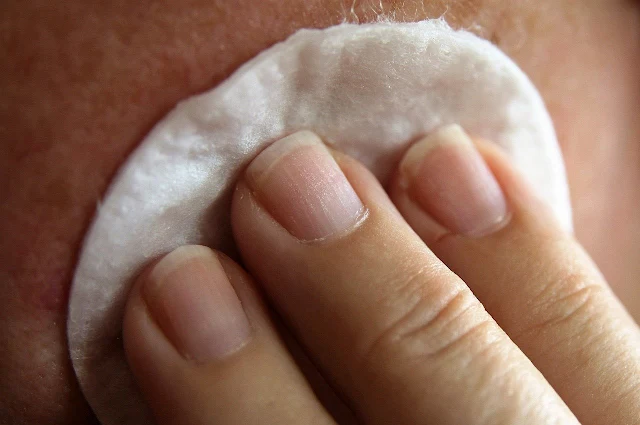Ignore Dental Health, Beware of Heart Disease - Most cases of heart disease are generally caused by unhealthy lifestyles, such as smoking, consumption of high-fat foods, and foods that are high in salt. However, recently a man named Adam Martin from England reported suffering from endocarditis due to ignoring the health of his teeth. This began when the popcorn he ate caught stuck in his teeth. The stuck popcorn turned out to be challenging to remove.
Launching from Live Science, so challenging to remove, Martin tried to remove the popcorn by poking his gums using household items, such as pen covers, toothpicks, a piece of wire to metal nails. After that, Martin got a toothache but did not immediately check it. A few days later, he experienced flu-like symptoms that drove him to go to the doctor. During a check-up, the doctor diagnosed that he had a heart valve disorder.
 |
| Credits: Shutterstock |
How Does Toothache Cause Heart Disease?
A few days after Martin poked his gums with a variety of tools, he experienced flu-like symptoms at night, fatigue, and headaches. After seeing a doctor, Martin was diagnosed with a heart valve disorder. The condition turned out to develop blood blisters on his toes called Janeway lesions. These lesions become one of the typical symptoms of endocarditis, namely infection of the inner lining of the heart wall.
Near the end of October 2019, Martin was hospitalized, and the doctor confirmed that he had endocarditis and that the infection had damaged his heart valve. Finally, he was required to undergo open-heart surgery for 7 hours to replace the pipe that has been damaged. Launching from the Mayo Clinic, endocarditis occurs when bacteria enter the bloodstream and spread to the heart.
In Martin's case, his oral activity made the gums bleed and cause an infection. As a result, bacteria easily enter the bloodstream and begin to spread to the heart area. In Martin's case, he had to undergo surgery to replace his damaged heart valve. So, is there any other treatment that can be done besides surgery?
How to treat endocarditis
Reporting from the Mayo Clinic, endocarditis treatment does not always have to be operated on, but some are successfully treated with antibiotics. Surgery is needed if the heart valve has been damaged and to clean up any remaining signs of infection. If the case is not severe, the doctor will give antibiotics intravenously in high doses. Before medicines are given, the doctor conducts a blood culture test to identify the organism that is causing the infection.
The blood test results help the doctor to choose the most appropriate antibiotic or antibiotic combination to fight the infection. People with endocarditis need to spend a week or more in the hospital when starting this antibiotic treatment. The goal is that doctors can monitor whether antibiotics work against infections. After the fever and symptoms begin to improve, the person can leave the hospital but still go on an outpatient basis to get intravenous antibiotic therapy.
The person must also regularly visit a doctor to ensure that the treatment is truly successful. If you have the antibiotic therapy and are experiencing shortness of breath, swelling in the legs, ankles, or feet after starting antibiotic treatment, see your doctor immediately. These signs and symptoms can be indicators of heart failure.
Can Endocarditis Be Prevented?
The answer is yes. Learning from the Adam Martin case, maintaining dental health is primary prevention. Avoid putting objects that are not sterile in the mouth, especially objects that can hurt the gums. Don't forget to regularly brush your teeth and get your teeth checked regularly.
In addition to maintaining oral health and teeth, you need to be aware of procedures that infect the skin, such as body piercing or tattoos. If you plan to do this, make sure the needle used is entirely sterile, and the area of the skin to be tattooed is not problematic.
See your doctor immediately if you develop signs or symptoms, such as a fever that does not go down, fatigue that can not be explained, all kinds of skin infections, or open sores or wounds that do not heal properly.







